The 'Austin City Limits' story
Producer Terry Lickona didn't create the 48-year-old music program, but he took the helm as fast as he could
This is an advance chapter of Austin Music Is a Scene Not a Sound, coming in early 2024 on TCU Press.
Terry Lickona has been the face and speaking voice of Austin City Limits for as long as anyone can remember, so it’s hard to believe he was living in Poughkeepsie, NY when the show launched. Using the DJ name Curly Collins, Lickona had a nightly radio show on WPDH-FM in the early ‘70s, with a playlist of his choosing. That included a lot of the mainstream-bucking country music coming out of Austin.
“There were probably more blues and jazz musicians here than country musicians,” ACL co-founder Bill Arhos described what was happening on the Austin club scene. “But the only moneymaking gigs were in country. So they played jazz and blues inside the country music, and that developed a new art form.” KRLU producers Paul Bosner and Bruce Scafe co-created ACL with Arhos to activate Studio 6A in UT’s brand new communications building.
That was 1974, the year Lickona and his best friend Dan Del Santo, a country/bluegrass guitarist, trekked to College Station for the second Willie Nelson Fourth of July Picnic, then spent three days in Austin recovering. Though they came for the country music, it was the pulsating conjunto sounds heard coming out of the Green Spot and La Plaza nightclubs on a Sixth Street drive that convinced them to stop picking their toes in Poughkeepsie and to start living with the pickers of this musical diverse metropolis.
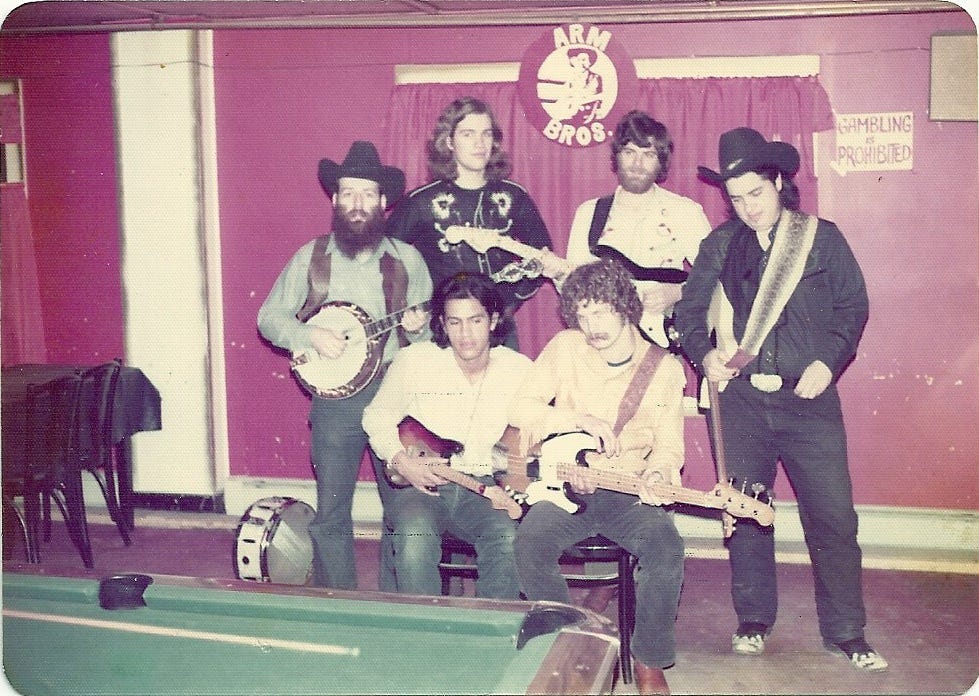
"Dan thought his music would fit right in, but when he saw that everyone else was doing the same progressive country style, he decided to do something new," Lickona said. Del Santo became Austin’s king of “world beat,” as he tagged the mix of African, South American, Mexican and Caribbean music he’d play on KUT every Friday night. He also fronted an Afro-Cuban group, the Professors of Pleasure, who were the surprise Band of the Year winners at the 1983 Austin Music Awards. Since the Professors’ Sunday night residency at Club Foot drew only about 100 fans a week, the joke was that Del Santo made his marijuana customers fill out a ballot before he’d send them off with a green-filled mason jar. Del Santo’s weed was reportedly better than Willie’s, but he might’ve went too far by posing in a marijuana field for a promo photo. He was busted in Virginia in 1992 for conspiracy to distribute and, facing serious time, fled to Mexico. Del Santo lived the last nine years of his life playing restaurant/bars in Oaxaca where he died at age 50 from prolonged internal bleeding following two car crashes.
Like his best friend Dan, Lickona also got a show on KUT soon after arriving, but in late ’75 he moved to TV as public affairs reporter for KLRU’s Newsroom Nine nightly broadcast. He also started volunteering at ACL, and when producer-director Charles Vaughn left after the third season in ‘78, Lickona convinced Arhos to hire him. There was no money to recruit someone with experience.
"By the fourth season, the progressive country Armadillo spark had begun to fade along with the view of Austin as the anti-Nashville, and the show had already begun to recycle the acts," Lickona told Kevin Curtin of the Austin Chronicle for a 40th anniversary retrospective in 2014. His vision of Austin City had no Limits, so taping 85-year-old blues primitive Elizabeth Cotten and psychedelic Mexican accordion player Steve Jordan made sense. Tom Waits was also a first-year booking for Lickona, who had to wake up the singer from the greenroom couch when it was time to go on.
"Without Terry, I don't think the TV show would still be around," Robert Earl Keen said in 2008 when the Americana Music Conference gave Lickona a lifetime achievement award at the Ryman Auditorium. "Artists love to play ACL because Terry pays attention to what they need." Sometimes the requests are simple, as when the great Leonard Cohen answered can-I-get-you-anything with “a bottle of tequila would be nice.” The singer and his band did shots of Cuervo before the 1988 show, one of Cohen’s first national TV appearances. Delighted by the response, Cohen asked, “Is this a real audience or were you brought in for occupational therapy?”
Executive-producer Dick Peterson was an unsung hero of Studio 6A, the behind-the-scenes “honey do” man who stressed professionalism in every aspect of production. The Austin native started working at KLRU just out of college in the ‘60s, when it was still called KLRN and shared time with San Antonio. A move to Hollywood in the ‘70s saw him work on The Bob Newhart Show and Maude as an editor. But public TV was his passion, so he returned to KLRU in ’84, and eventually became executive producer of ACL during it’s 2000- 2009 rebirth decade.
In 2003, Austin City Limits became the first TV show honored with a National Medal of the Arts at the White House. That was also the first of five years that Capital Sports & Entertainment, which later became C3 Presents, co-produced the show with Lickona, who gave their Austin City Limits Music Festival credit with "breathing new life into the brand." But Terry and his staff were used to doing things their way and there was some butting of heads on that 30th anniversary season. Example: minutes before Ben Harper’s taping in 2004, CSE’s top client (and Harper friend) Lance Armstrong called to ask that the starting time be held up because he was still at dinner. That shit didn’t ride at 6A.
But Lickona was relieved to finally have some financial stability, as CSE guaranteed funding even if it had to come out of their own pockets.
The program didn’t take much dough to get started. Arhos wrote a proposal to do a live music show from Austin and received $7,000 from PBS in 1974 to produce a one-hour pilot starring B.W. Stevenson and Willie Nelson. Hardly anybody turned up for Stevenson’s poorly-promoted taping, which also had sound glitches, so Willie got the whole hour. Three years later, Gary P.'s “London Homesick Blues” was chosen as the ACL theme song. And then along came Terry.
It wasn’t until 1982 that the show first used the Austin skyline backdrop, which has fooled many TV viewers into believing the show is taped outdoors.
The late ‘90s were the leanest years. Austin City Limits bet on itself in 1998- and lost. The show sought revenue by charging for programming and was dropped by 30% of its PBS affiliates. ACL went back to being free the next year, retaining most of its previous stations, but had to take a bank loan when main sponsor Agillion went under.
This all led up to the 2002 launch of the music festival that licensed the Austin City Limits name for a percentage of ticket sales- about $100,000 that first year. Promoters were praying to break even at 30,000 fans each day that September weekend at Zilker Park, then were elated- and overwhelmed- when 42,000 bought $25 tickets on Saturday and 35,000 on Sunday.
Terry Lickona was sky high when he saw the culmination of his previous 25 years fill the fields with music lovers. The Austin City Limits name had value! He was walking through the crowd when a young hipster couple spotted his “all access” producer’s badge and asked Lickona what was his connection to the festival. “I produce Austin City Limits, the TV show,” he said, to which the kids responded, incredulously, “There’s a TV show?”
Lickona tells that crashing-down-to-Earth story with a big laugh. There’s no laurel-resting in public TV.
‘CLOSING TIME’ FOR STUDIO 6A
The night of Nov. 8, 2010 marked the end of an era. It was to be the final Austin City Limits taping at 320-seat Studio 6A before moving operations to the Moody Theater in the W Hotel complex, with nine times the capacity (and 1/9 the charm.)
Since Willie Nelson wasn’t available, Lyle Lovett had the final night honors, and invited crew members onstage for a singalong of his "Closing Time," with its chorus of "unplug those people and send them home." The crowd swayed along, many wiping away tears. They’d have to pay for their beer from then on.
Before anyone besides his parents and a couple A&M classmates knew he was a musician, Lovett used to go to every taping of Austin City Limits he could, usually waiting in the standby line. Watching some of his favorite singer-songwriters, including Guy Clark, Emmylou Harris, John Prine, Willie Nelson, Townes Van Zandt and Johnny Cash, the show was the model for the kind of musician Lovett strived to be. Studio 6A was the pinnacle stage.
He was such a fan of the PBS show that when he first appeared, during the 1987 season, a crowd shot included a spliced-in Lovett from a previous show he attended.
Pulling material from his self-titled debut, as well as the upcoming second album Pontiac, Lovett's ACL debut was near-perfect. The singer displayed no nervousness as he masterfully fronted only two musicians - John Hagen on cello and percussionist James Gilmer- and when the crowd leapt to its feet at the end, Lovett's eyes knew he'd just won a career.
Through the years, ACL has expanded its range of performers from the original “friends of Willie” to the likes of Phish, Coldplay, Kendrick Lamar, Pearl Jam, Lauryn Hill and Sonic Youth. But the focus hasn't really changed since the ‘70s. It's still about strength of performance- singing and playing songs that make you forget there's a TV taping going on. On a good night, Studio 6A transformed from a cold soundstage to a romping live music proving ground, which was also the case at the Moody Theater when pop phenom Olivia Rodrigo drove away any doubts that she’s a legitimate artist with a stunning show in 2021.
At the 2010 swan song, Lickona told me that the things he'd miss least about Studio 6A were the limited capacity and the difficulty in loading band gear to the sixth floor. Fans wouldn’t miss having to take an elevator to the bathroom, but that was the price for the tables of help-yourself beer. (Always seemed to be a joint going around on the 4th floor.)
Austin City Limits Live at the Moody Theater- the full name- is creating its own legacy on the block on W. 2nd that been renamed Willie Nelson Boulevard. Unlike 6A, your seat back on over-capacity shows is not the knees of the folks sitting behind you. It feels less like a TV taping than a concert with cameras.
Since Willie Nelson was a 20% owner when the new venue was being built, he had one main suggestion in improving the new home of ACL. There’s a secret balcony- “the Willie Porch” - where musicians can smoke weed with a life-size likeness of the Red-Headed Stranger before and after they play.
Ryman Hospitality Properties of Nashville bought Block 21, which includes the W Hotel and the Moody Theater, for $260 million in June 2022. Willie and business partner/ nephew Freddy Fletcher did well in that deal, as did investor Magic Johnson.
There are no plans to move ACL tapings elsewhere. That would be dumb. The second home has 25 years to match the longevity of beloved Studio 6A, which is no longer used by KLRU, which relocated to ACC’s Highland Mall campus earlier this year.



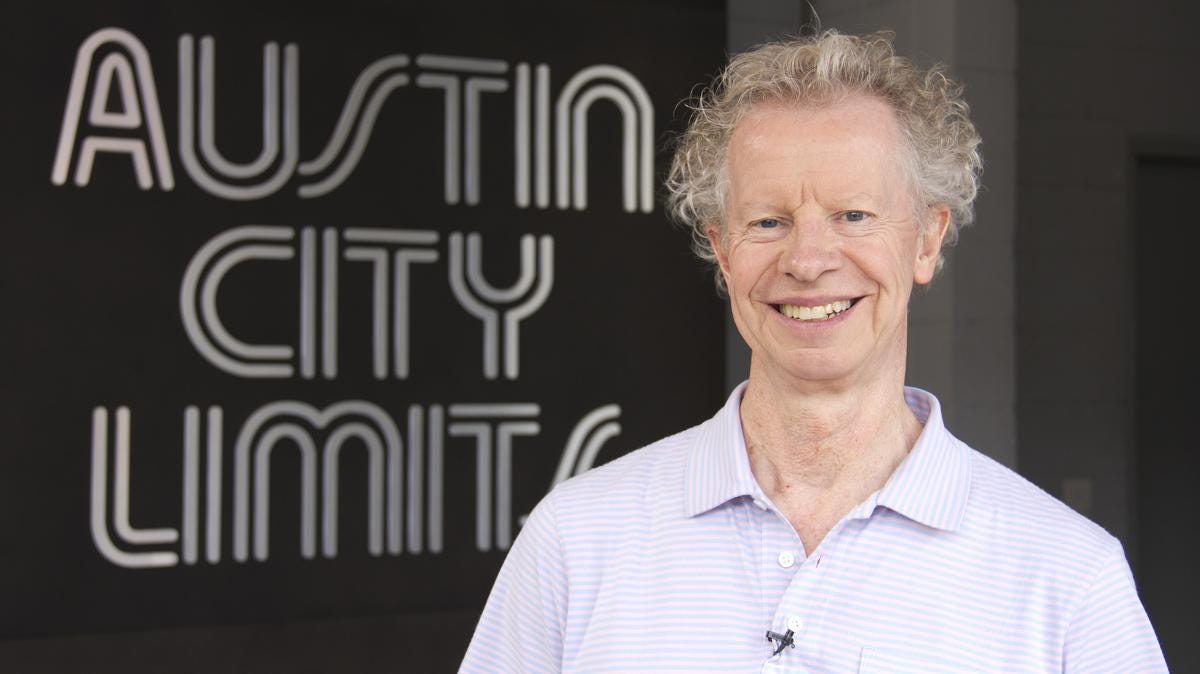

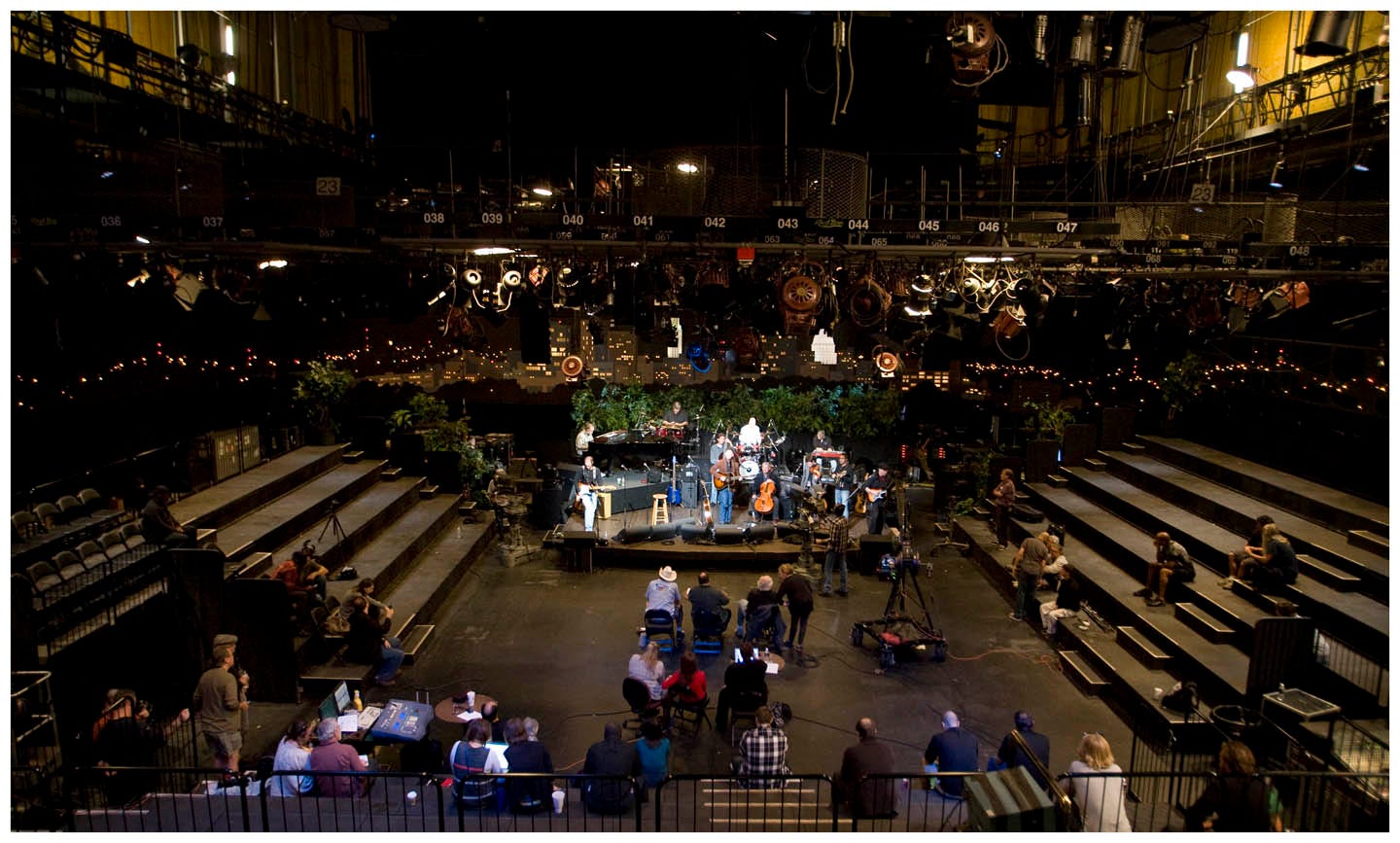
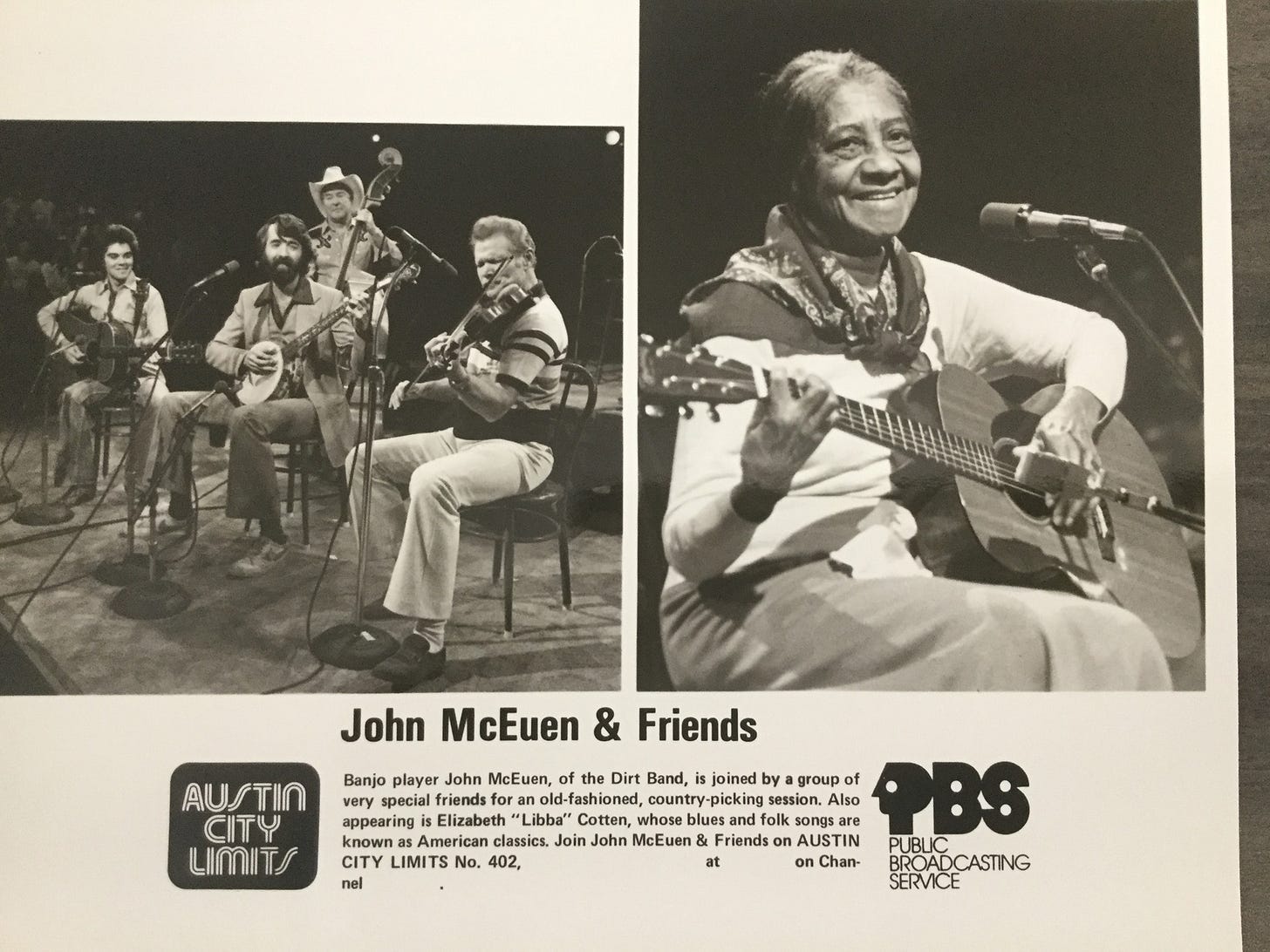
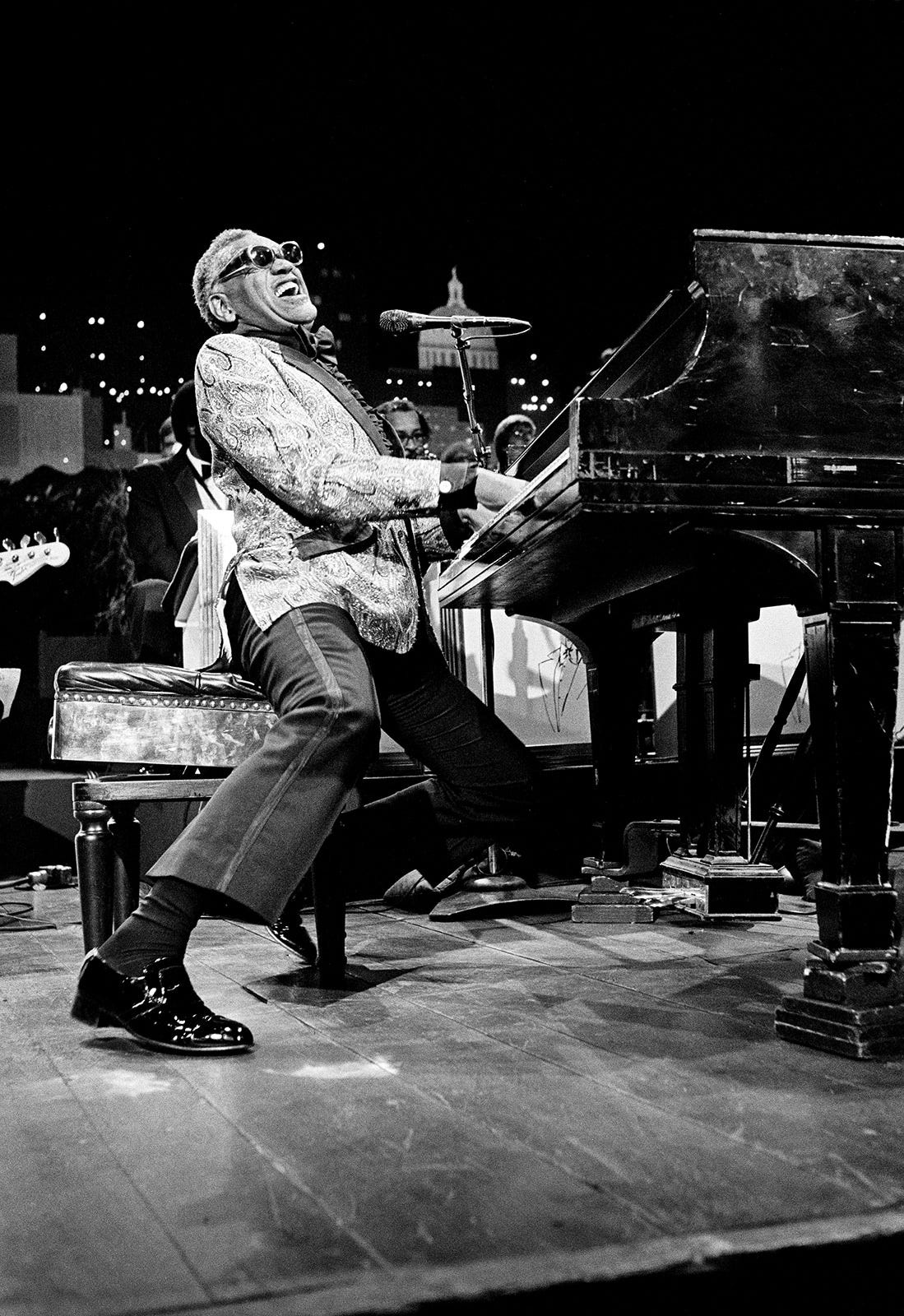
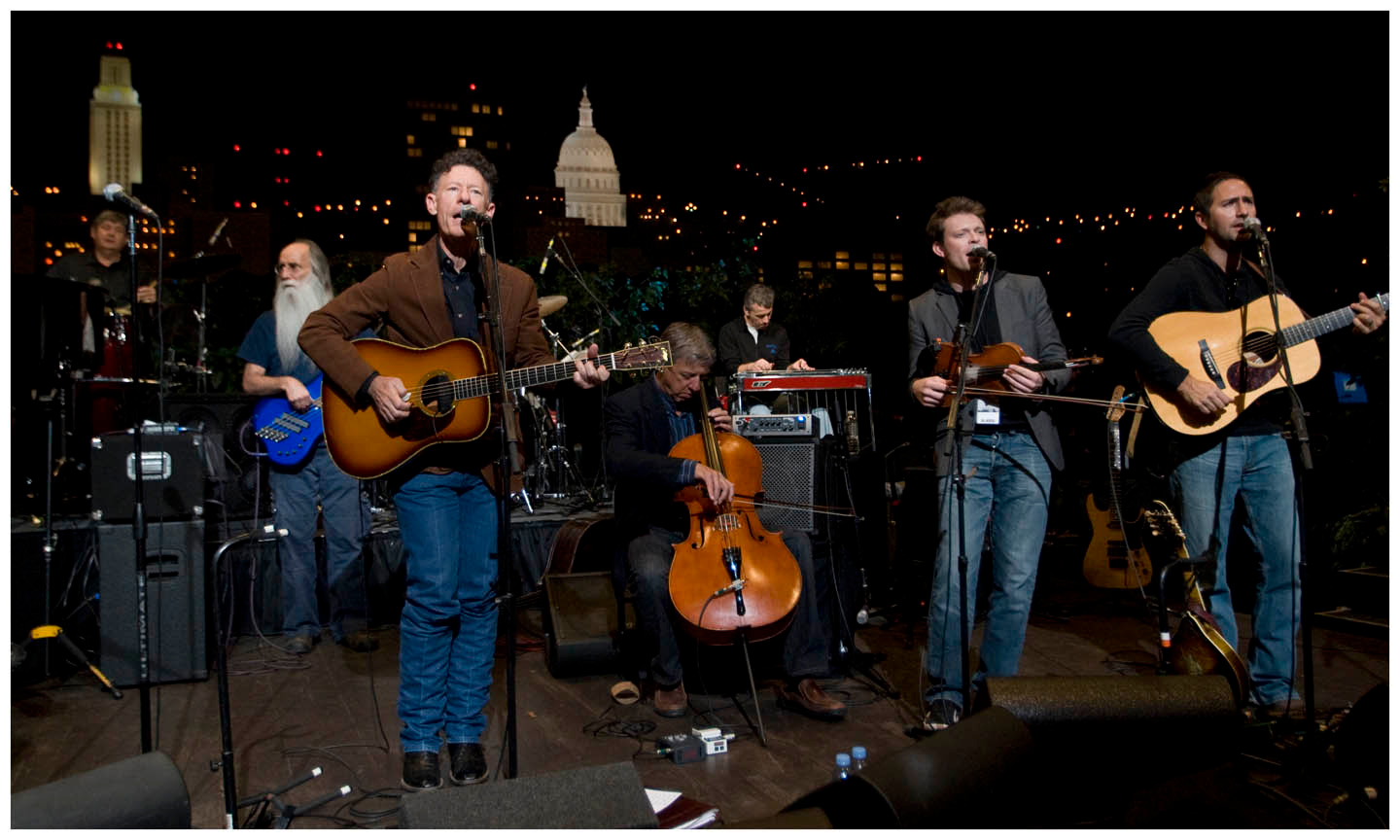
This is a very, very good piece, and Terry deserves all of the accolades (and more) for pushing through all of the obstacles. As is my case, I don't mean to cast any aspersions towards ACL, Austin or its place in music history, but in 1973, a few years before ACL, the first Texas music show to be broadcast on a PBS affiliate was on KERA in Dallas. Titled Sound Stage, it featured performances by Willie Nelson, Rusty Weir and Freddy King. Alas, KERA was in Big D and there wasn't the money or the popular groundswell to get Sound Stage to continue, but they deserve a tip of the hat for first bringing Texas music to the masses, and to PBS.
Dallas, much like rock and roll, eats its young.
(Full disclaimer: I may have misnamed the show, but I am older, and the hard drive is full.)
If you want to REALLY go back, try and locate a tape of the Nitzinger/Freddy King concert that aired on Waco, Texas TV back in the early 70s. It was produced by a guy named Drew Pollen.